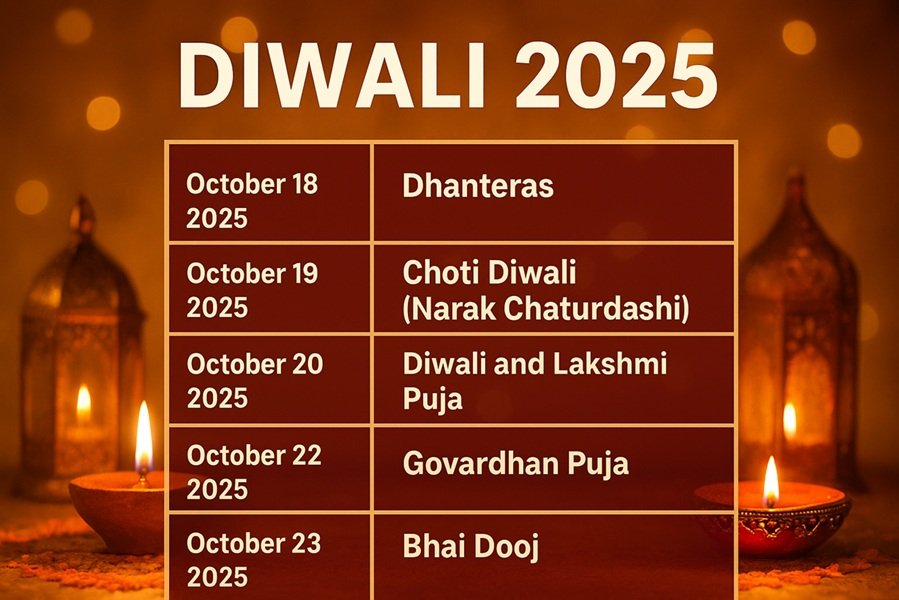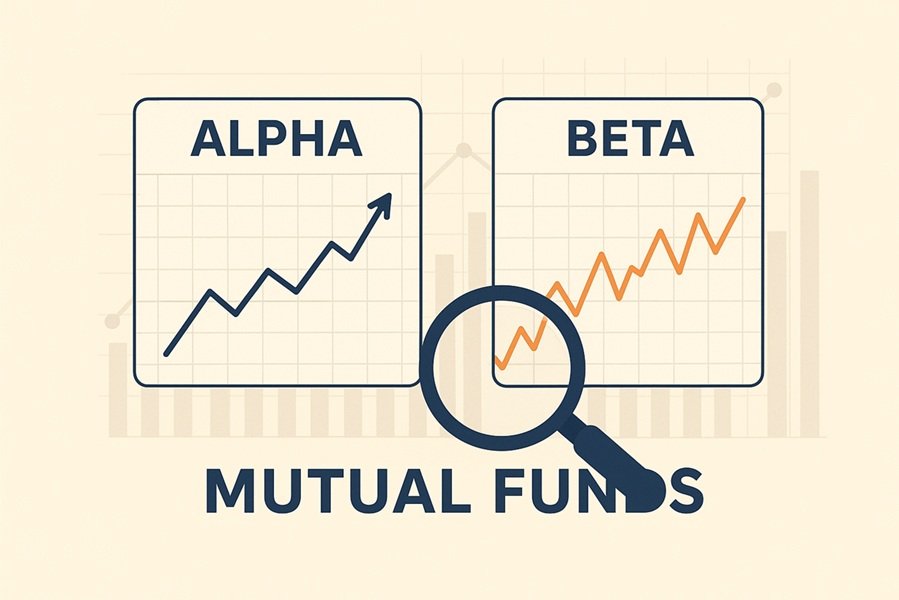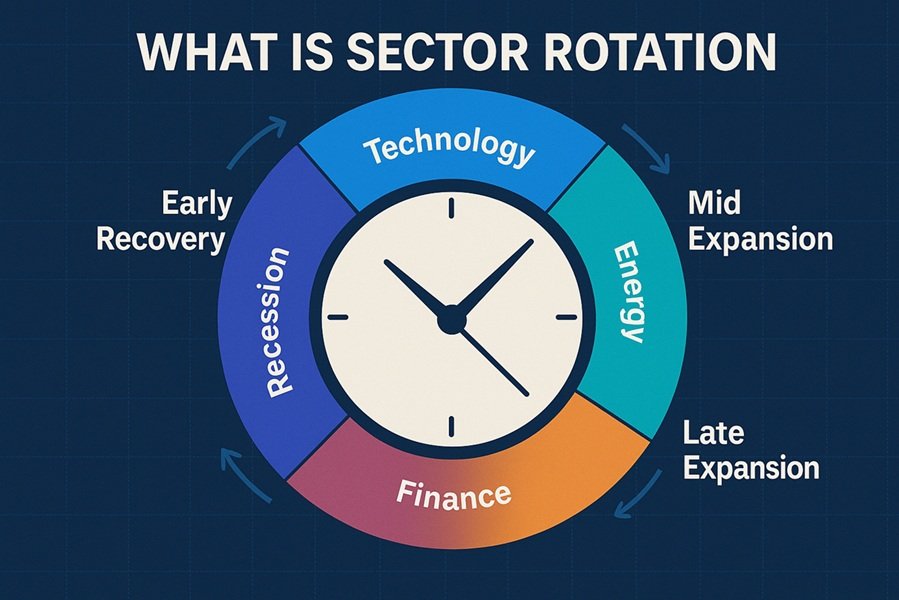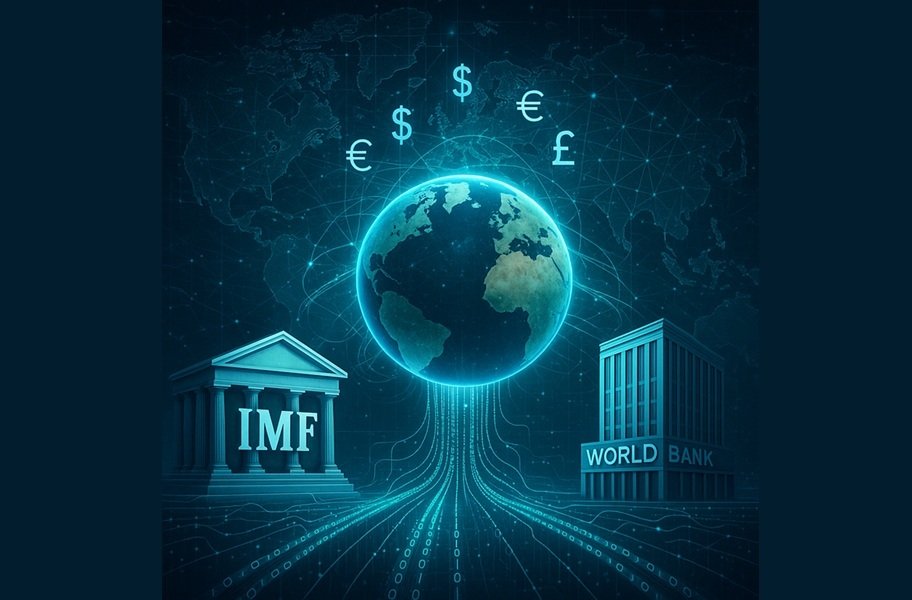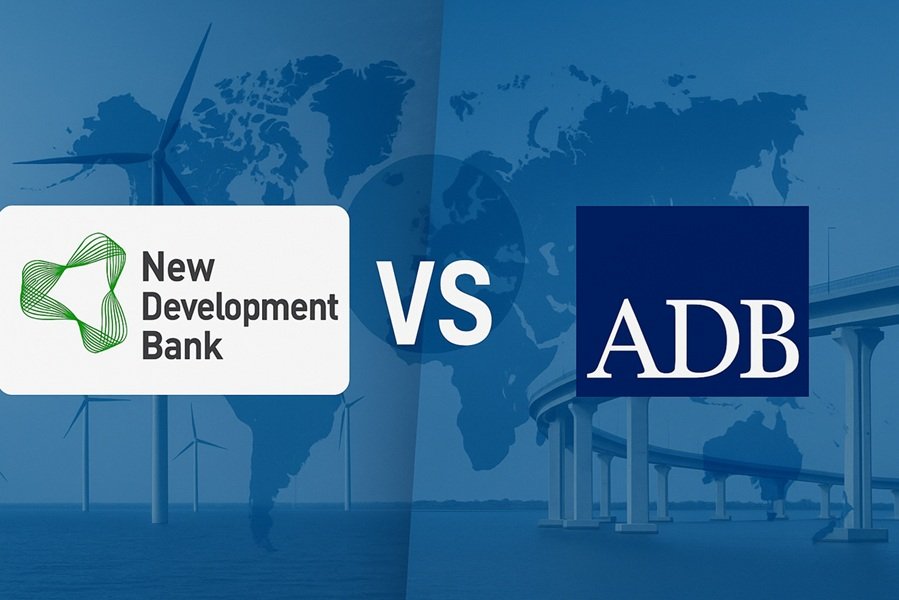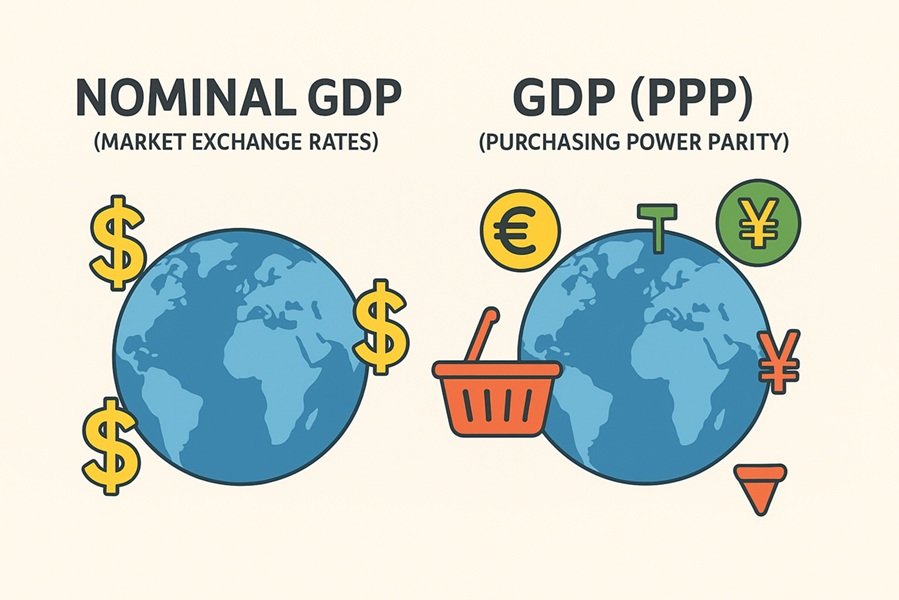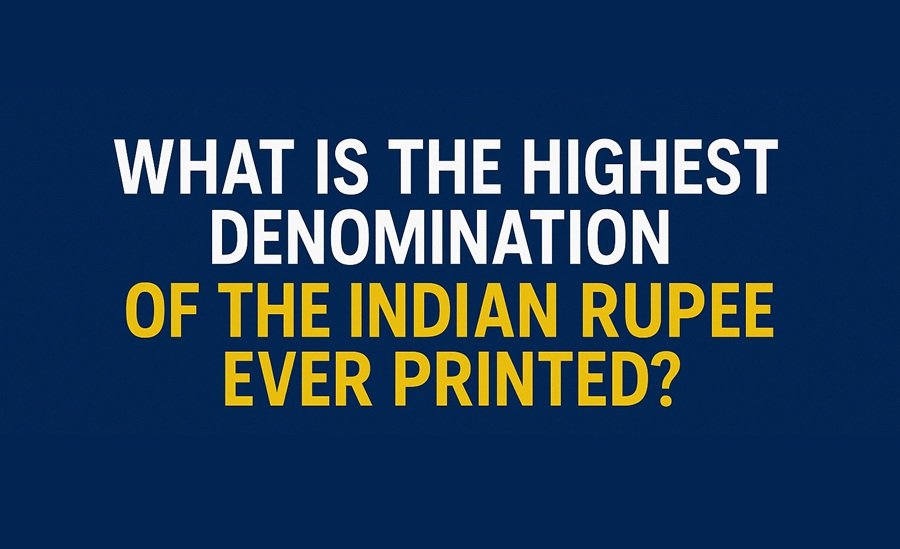
The Indian currency system has undergone significant transformations over the years — from the issuance of coins made of silver and gold in ancient times to the modern polymer-based and high-security banknotes of today. One of the most intriguing aspects of this evolution is the denomination of currency notes, particularly the highest denomination ever issued.
In this article, we will explore the history, purpose, usage, and eventual discontinuation of the highest-denomination Indian currency notes. We’ll also look at the economic context that led to their issuance and how they compare to today’s denominations.
A Brief Overview of Indian Currency Denominations
Before diving into the highest denomination, it’s important to understand how Indian currency denominations have expanded and contracted over time. India, like many other countries, has adjusted its currency notes to meet the needs of the economy — including inflation, black money control, and facilitation of high-value transactions.
The Reserve Bank of India (RBI), established in 1935, is the sole issuer of currency notes in India. While the initial denominations were modest, over time, higher-value notes were introduced in response to rising economic activity and inflation.
The Highest Denomination Ever: ₹10,000 Note
The ₹10,000 note holds the record for being the highest denomination of the Indian Rupee ever printed and circulated.
📅 First Issuance: 1938
- The ₹10,000 note was first introduced in 1938, during the British colonial period.
- It was issued by the Reserve Bank of India, which had taken over the responsibility of issuing currency from the British government in 1935.
- These notes bore the image of King George VI.
💸 Purpose of the ₹10,000 Note
- The primary reason behind issuing such a high denomination was to facilitate large financial transactions — especially inter-bank and government-related dealings.
- During those times, the general public had little use for such high-value notes, and they were not commonly seen in everyday life.
Withdrawal and Reintroduction
1. Withdrawal in 1946
- In January 1946, the ₹10,000 note was demonetized for the first time as part of an effort to curb unaccounted money (black money).
- This move was the precursor to many such demonetization efforts in India’s monetary history.
2. Reintroduction in 1954
- The note was reissued in 1954, along with the reintroduction of ₹1,000 and ₹5,000 denominations.
- The redesigned notes were now under post-independence India, and no longer featured British monarchs.
❌ Final Demonetization in 1978
- On January 16, 1978, the Indian government under Prime Minister Morarji Desai once again demonetized high denomination currency notes, including ₹1,000, ₹5,000, and ₹10,000 notes.
- The move was part of a larger strategy to combat black money and illegal hoarding of currency.
- The High Denomination Bank Notes (Demonetisation) Ordinance, 1978 officially rendered these notes invalid for transactions.
🔍 Reason for Final Withdrawal:
- These high-value notes were primarily used for large-scale financial transactions, which the government believed also facilitated illegal activities.
- It was also argued that such high denominations were not needed for day-to-day commerce.
🔢 Denominations in Use After 1978
After the 1978 demonetization, the highest denomination in circulation remained the ₹100 note until the early 1990s. Over the years, the RBI gradually introduced new denominations:
- ₹500 note: Introduced in 1987
- ₹1,000 note: Reintroduced in 2000
- ₹2,000 note: Introduced in November 2016 after the demonetization of ₹500 and ₹1,000 notes
💬 Is ₹10,000 Note Legal Tender Today?
No, the ₹10,000 note is not legal tender today. It was demonetized in 1978 and has never been reissued since.
Even higher denominations like ₹1,000 and ₹2,000 have faced scrutiny:
- ₹1,000 note: Demonetized in November 2016.
- ₹2,000 note: Still valid but withdrawn from circulation by RBI starting in 2023 due to low usage and concerns about hoarding.
🏛️ What is the Highest Denomination in Circulation Today?
As of 2025, the ₹500 note is the highest denomination in active circulation in India.
The Reserve Bank of India has not issued any new notes in denominations above ₹500 since the gradual withdrawal of the ₹2,000 note, indicating a policy shift towards digital transactions and smaller denominations to encourage transparency and reduce black money.
🧠 Interesting Facts About the ₹10,000 Note
- Design: The post-independence version of the ₹10,000 note featured Motifs of India’s cultural and economic themes.
- Rarity: Today, surviving specimens of the ₹10,000 note are extremely rare and valuable among collectors. They can fetch lakhs of rupees in auctions.
- Security Features: The original notes had basic security features compared to today’s standards. Modern notes now include watermarks, color-shifting ink, microtext, and more.
📲 The Future of High-Denomination Currency in India
India has seen a strong shift towards cashless and digital payments, particularly after the 2016 demonetization drive. With platforms like UPI, mobile wallets, and digital banking gaining widespread adoption, the need for high-value notes has significantly diminished.
Moreover, economic policies now aim at curbing the use of cash for high-value transactions, promoting transparency and reducing corruption.
🔚 Conclusion
The ₹10,000 note remains the highest denomination ever printed and officially circulated by the Reserve Bank of India. Although no longer in use, it serves as a fascinating chapter in India’s monetary history. Its issuance, usage, and eventual demonetization reflect India’s evolving financial strategies and its continuing battle against unaccounted wealth.
As India continues to push toward digital finance, the era of high-denomination banknotes may well be behind us — replaced by virtual wallets, QR codes, and instant payments.


